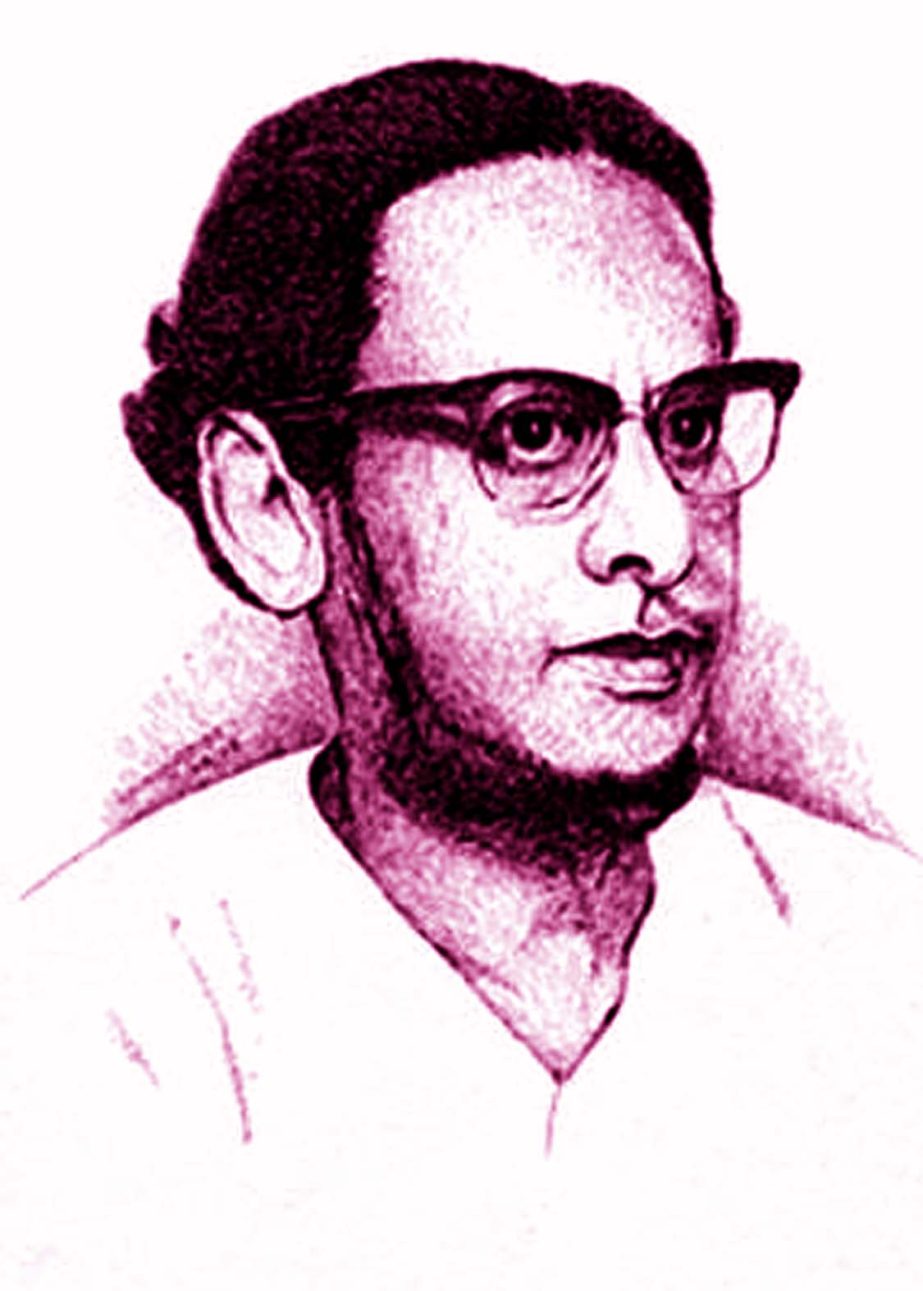
It is a shivering winter wind coming from the north. That comes with the flavour from far away. If you look at the sky you will find flocks of ducks might be some of them are fulvous whistling duck, pygmy cotton goose, spot-billed duck, pintail, red-crested pochard, ruddy shelduck and others of varied types. They came from the cold countries. They flock together and drop down on some water areas. Poet Farrukh Ahmad’s poem to this context gives us an enchanting phenomenon in which ducks were portrayed thus –
On our revering country
those ducks come from far away
that startle betel-nut, coconut,
palm, and bamboo trees.
Those birds give us varied colour
and leave the country again
and give us the messages
of those far-flung areas abroad.
Like these forest-ducks Farrukh Ahmad left behind innumerable poems for us. The flavour of well laid forestry appears to have been attached to his poems. Its huge green leaves of orange trees shiver in the lines of those poems. Therein lays golden and silvery features thoroughly shivering charm in Farrukh Ahmad’s poem. There are golden rays of morning sun, torrential sounds of rain and the messages of the birds in its fold.
As a matter of fact a poet never dies. A poet remains alive in his poem. Farrukh Ahmad was that great poet who is ever unforgettable. Through his poem he took us to those obscure and unknown islands. We have travelled accompanying him from one sea to another and from one sea port to another sea port. He was, as if, the captain of the seven seas. We have come across the sea along with him also. He was absolutely a fearless captain of the ship. Through the billowy sea we have come to the orange, apricot, cinnamon gardens along with him. Meanwhile we got a lot of information about birds from him. Those birds remain around us but we don’t have knowledge about them. We don’t care about them. They make their nests in jungle and bushes. Farrukh Ahmad used to love them.
Otherwise what makes him interested about birds? O all of you come in this weary day.
We will look for the nest of birds together.
Which nest remains on cucurbitaceous bamboo-self
Where does the black drongo make its nest?
Where’s the nest of magpie robin that comes back at dusk
Let’s see the desolate bank of the river
where the bank myna lives at night
but now he is not there.
Reading this poem it appears that the poet is inquisitive in searching the nests of the birds through the jungles and forests. How the birds make their nests by means of weaving straws and sticks? Having seen that the eyes and the face of the poet looked pleasant.
You must have watched how the heron stands on its one foot-keeping the eyes closed by the river bank intending to gulp the fish!
The heron makes its nest in bamboo bushes
And throng together on the Kash* garden.
They return together to their nests also.
even in pitch dark
and in biting cold night without any fear.
It is really interesting to note that the poet has great love for the birds. Even in heavy fog during the winter night the flocks of heron return their nests which are depicted by the poet adorably. He has watched life around him with love and care but he rejected vehemently all that he found ugly and inhuman. He would ponder over beauty of life in the sight and roaring sound of the far away sea waves at his heart at times.
He felt the smell of the birds on the saline water of the sea. Even in one of his poems he wrote about a milk-white horse that runs after the sea waves. What a fantastic imagination! This is what his imagination whose mind always fares on beauty. He was ready to admire courage and strength always.
The seasonal features of Bangladesh are varied. There are varied colours of leaves of trees and plants of it. Farrukh Ahmad depicted about change of these seasons in his poems beautifully. He compared autumn days with the, gazelles those dazzle like the golden colour.
After the fall of dusk on the wings of the heron
The mind flies out over the cold foggy song …
The poet put heron in many of his poems by and large. When the black curtain of the dusk falls, the herons flock together clattering the bamboo bushes. That sound can be heard in his poem. And sometimes the wailing cries of heron’s babies can be heard there on watery grasses. None other poets like Farrukh Ahmad could scan these birds.
When I read these poems it seems to me that the poet must have travelled miles after miles in quest of bird’s nests and gone across brambles and bushes in his childhood. Even he went to the bank of the river.
Bank myna lives by the bank of the river.
The more I see them the more I stay there.
I dig the alluvial mud.
I hear their songs on
both the banks of the river that none feels,
none knows what’s their language deals.
Unless and until one remains attached to nature, it is not possible to write these poems. One has to remain in depth of nature to have its flavour. Farrukh Ahmad got that genius fully. This is a vast experience. We will recall this poem looking at the trees. Looking at the nests of the birds we will recollect the poet.
This great poet will remain ever memorable to us.
*Kash flower-common reed or tall grass with tuft of soft downy white flowers. Generally they adorn the river bank on sandy land.
-Pakhir Bashi. n
Translation by M Mizanur Rahman

